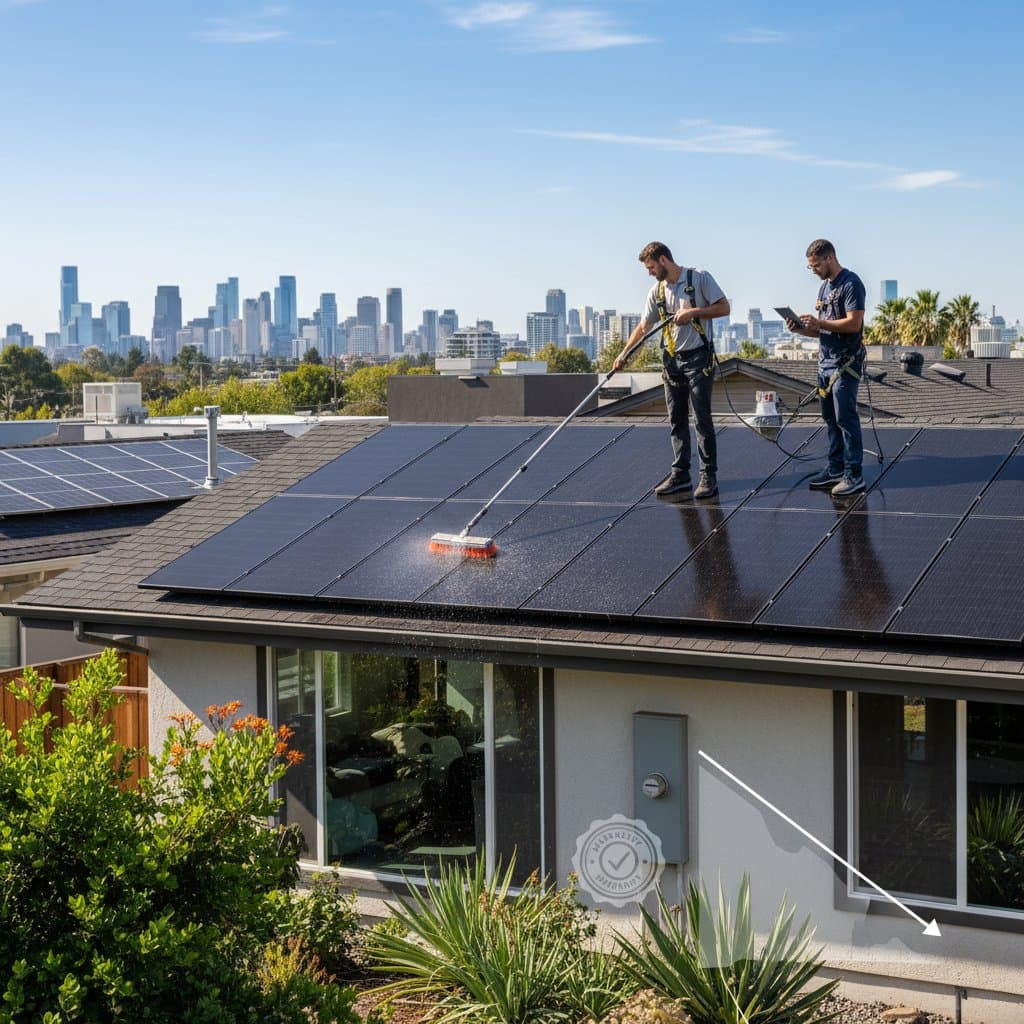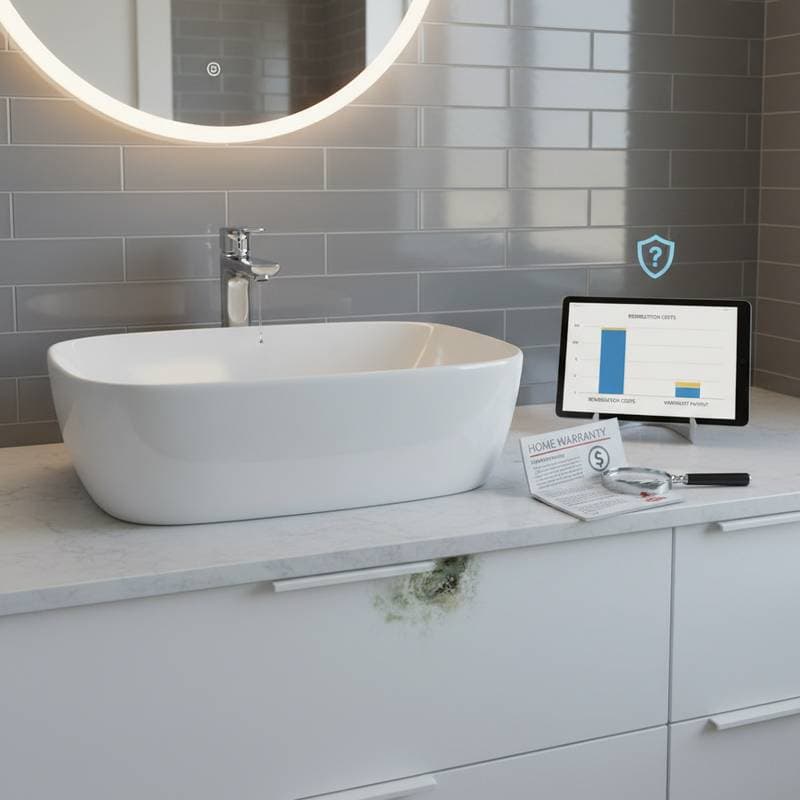Solar Warranties: Essential Protections for 2025 Homes
Homeowners who install solar power systems must prioritize warranties. These agreements shield panels from defects, roofs from installation damage, and investments from unexpected failures. Reliable coverage ensures decades of efficient energy production.
Summary Box
Definition:
A solar warranty addresses defects, performance declines, and installation mistakes in solar energy systems.
Importance:
It secures financial returns and maintains consistent energy output over the system's lifespan.
Costs and Variations:
Standard warranties come included with system purchases. Extended or third-party options range from 500 to 1500 dollars, depending on coverage scope and provider.
Professional Involvement:
Engage experts for any issues with panels, inverters, wiring, or roof integrity.
Resolution Timeline:
Manufacturer claims often conclude within weeks. Repairs to roofs or wiring typically require several days.
Maintenance Schedule:
Conduct visual inspections twice annually, clean as necessary, and schedule professional evaluations every two to three years.
Components of a Solar Warranty
Solar warranties consist of three primary elements that collectively minimize risks.
-
Product Warranty
This covers manufacturing defects in panels and inverters. If a flaw in materials or design causes failure, the manufacturer provides replacement or repair services. Coverage periods generally span 10 to 25 years. -
Performance Warranty
This guarantees that panels retain a specified output level over time. For instance, a warranty might assure 85 percent of initial capacity after 25 years, compensating for natural degradation. -
Workmanship Warranty
Installers provide this to address errors in mounting, roof sealing, and electrical setups. Durations vary from one to 10 years, focusing on labor-related quality.
These components ensure both equipment reliability and installation excellence, offering comprehensive homeowner protection.
Guide to Filing a Solar Warranty Claim
Follow these steps to navigate warranty claims effectively.
-
Examine Documentation
Locate details on product, performance, and workmanship coverage. Review claim processes, exclusions, and any limitations. -
Identify the Problem
Use system monitoring apps or inverter screens to detect output drops. Document visible issues with photographs for evidence. -
Reach Out to the Installer
Installers often manage preliminary diagnostics and liaise with manufacturers on behalf of clients. -
Submit the Claim
Provide purchase receipts, component serial numbers, performance metrics, and images. Retain records of all interactions. -
Arrange for Assessment or Fix
Approved claims prompt visits from certified technicians who test and replace defective parts. -
Verify the Outcome
Post-repair, monitor system performance to confirm restoration to normal levels.
DIY Inspections Versus Professional Services| Factor| DIY Approach| Professional Approach|
|-----------------|---------------------------------------|----------------------------------------|
| Skill Required | Basic visual checks only| Expertise from licensed electricians or solar specialists |
| Safety Concerns| Moderate, especially on roofs| Controlled through protective gear and protocols |
| Equipment Needed| Simple tools like voltage meters and cameras | Advanced diagnostics and access machinery |
| Regulatory Compliance | Avoid for claims to prevent invalidation | Ensures adherence to local codes |
| Time Investment| Hours for basic reviews| One to three days for thorough repairs |
| Effect on Warranty | Risks voiding if improper handling occurs | Preserves complete coverage |
Limit DIY efforts to panel cleaning and surface-level wiring observations. Delegate electrical or structural tasks to qualified professionals to avoid hazards and maintain warranty validity.
Extending System Longevity Through Maintenance
Solar panels demand minimal upkeep, yet regular care upholds warranty terms and performance.
- Perform visual inspections twice each year to spot debris or damage.
- Clean surfaces when accumulations of dirt, bird droppings, or pollen reduce efficiency.
- Arrange professional assessments every two to three years for in-depth evaluations.
- Anticipate a lifespan exceeding 25 years under diligent maintenance.
Maintain detailed logs of all upkeep activities. Such records prove essential during claim submissions.
Common Questions About Solar Warranties
What durations apply to solar warranties?
Coverage ranges from 10 to 25 years, varying by component and provider.
Do warranties address roof leaks?
They do when workmanship coverage explicitly includes protections for roof penetrations.
Is warranty transfer to new owners possible?
Most warranties allow transfers. Verify documents for any associated fees or notification steps.
Steps to Secure Your Solar Investment
Select warranties that align with your system's components and installation details. Consult reputable installers early to customize coverage. With proper warranties and maintenance, your solar setup delivers sustainable energy and financial benefits for generations.



